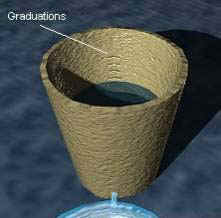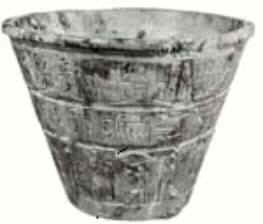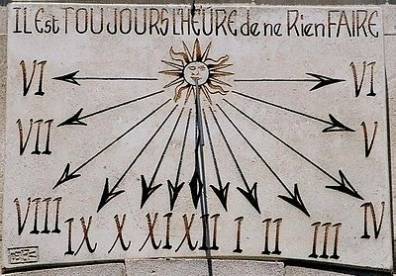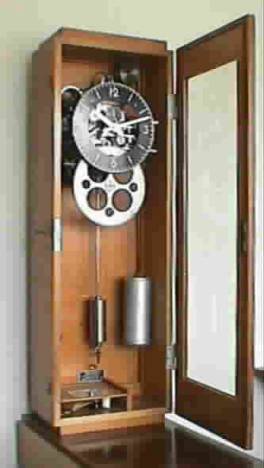| A short
history
of measuring time
by Anis (Nov 1, 2005) |
|
|
At all times men learned how to locate themselves in time with these: The clepsydra (3000 BC)
This instrument is composed of a container pierced at its base and full of water, which always takes the same time to empty. Stamps engraved in the clepsydra allow to spot the level of the water. Constant intervals of time correspond to the level of the water, stamps after the other constitute spans of time which allow to find oneís bearing in the day.
The sandglass
The sandglass is a device to measure time which consists of two superimposed containers (for example 2 glass bulbs) which communicate through a narrow pipe where fine sand runs out.
|
The sun dial (2000 BC)
A stick is planted perpendicularly in the ground and shows the position of the sun thanks to the shade. The length of the shade and its orientation allow to find oneís bearing in the day. The mechanical clock (10th century)
A weight goes down slowly and rotates a cylinder which drive a hand. But the movement of the weight is not always the same. So you canít obtain a periodic rotation of the hand. Thatís why in the 17th century they added a pendulum which allows to regularize this clock. The quartz clock (1840)
In the
quartz clock, a very low direct current, provided by a battery, is
enough to stir or swing a quartz crystal. A quartz crystal oscillates 32 768 times per second. So its frequency of oscillations is 32 768 Hz. After 32 768 oscillations, the bills ticking of the hour change 1 second.
|
|
If you wish to react to this article, write to the editor. |
|






